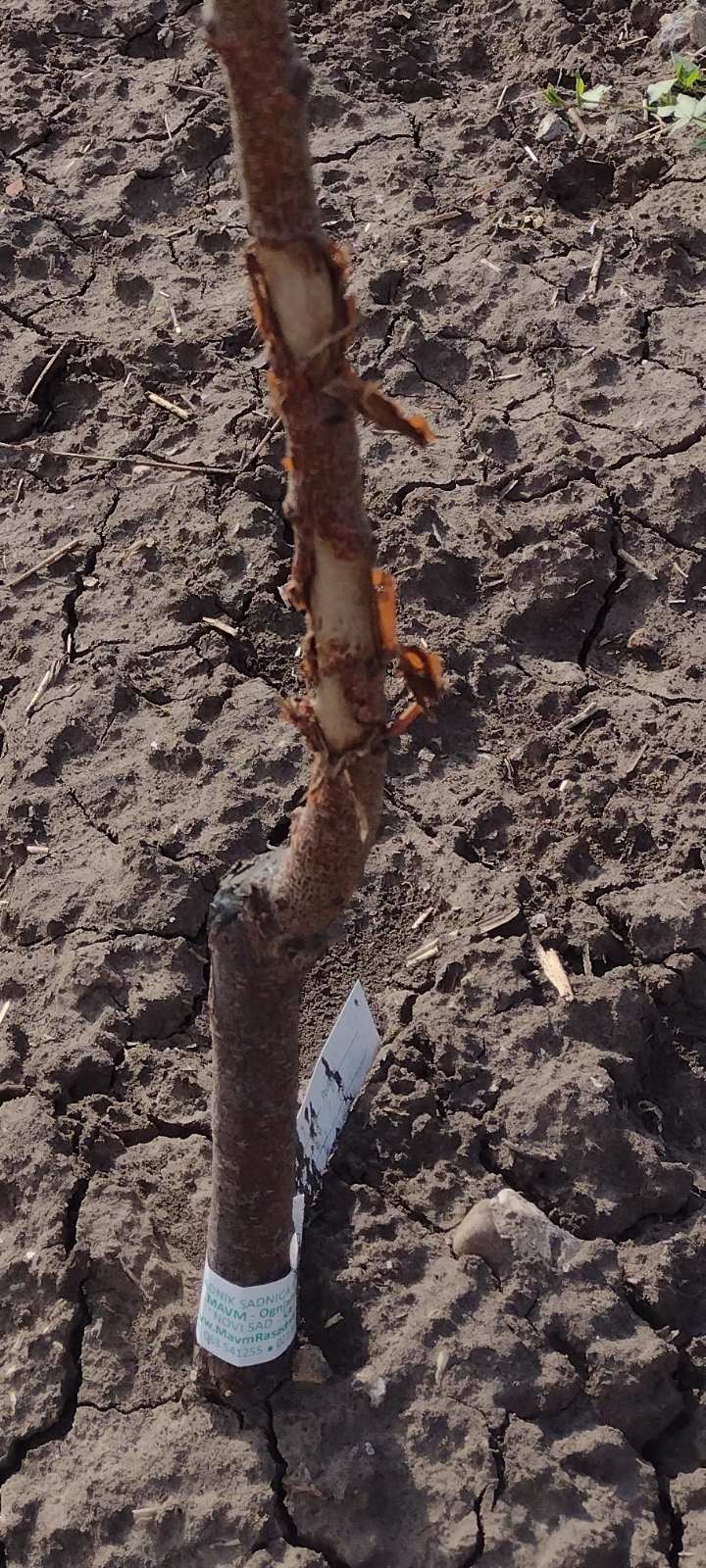Climate change affects many areas in people's lives and in agriculture these effects tend to be the most pronounced. Serbia recognizes the risks that climate change brings and participates in international initiatives such as the Paris Agreement of the United Nations Framework Convention on Climate Change or the Green Climate Fund, which is the world's largest fund of its kind. In addition to the international level, Serbia carries out many activities at the national level, as well as in cities and municipalities. One of them is introduction of climate change into the curricula of secondary agricultural schools.
The first step in this direction was taken at the beginning of July 2022 at the Faculty of Agriculture in Zemun, where a workshop on this topic was held. The workshop gathered directors and professors of secondary agricultural schools from Zrenjanin, Sombor, Obrenovac, Požarevac, Požega, Svilajnac and Kraljevo, as well as professors and students of postgraduate studies at the Faculty of Agriculture, and representatives of the Food and Agriculture Organization of the United Nations (FAO).
The lectures of professors Ana Vuković-Vimić and Zorica Ranković-Vasić, presented the risks and impacts of climate change, such as drought, flooding, changes in temperature and rainfall regime. Some of these influences were illustrated by photographs of fruits and vegetables made by Magdalena Gak, Professor of vocational subjects at the Secondary Agricultural School in Zrenjanin, together with her students.
Tomato fruit ripening with damage from sunlight exposure / Magdalena Gak:

Damaged bark on a young fruit plant due to the influence of several adverse factors / Bratislav Aleksić:


"The law on climate change and the upcoming action plan are important steps at the social level. What we can do on the individual level is to educate children about climate change and we do this in the classroom and in the field", Gak added.
After the risks, adaptation and impact reduction measures were discussed and illustrated by examples of conservation tillage, irrigation, re-ionization of production, and flood and erosion protection measures.
Orchard protected by anti-hail system / Magdalena Gak:

The analysis of existing curricula indicated two ways of including climate change in teaching: the first foresees integration in already existing subjects, while the second proposes the formation of a new subject, to become a part of the three- and four-year education programme.
To alter a teaching program is a complex decision and it requires approval of several institutions. This process will be led by the Ministry of Education, Science and Technological Development and Institute for the Improvement of Education and Training, while a helping hand comes from FAO that will organize numerous meetings and trainings – to help authorities to decide on the best course of action. And from September, in the new school year, there will be new initiatives for improving and sharing knowledge about impacts of climate change.